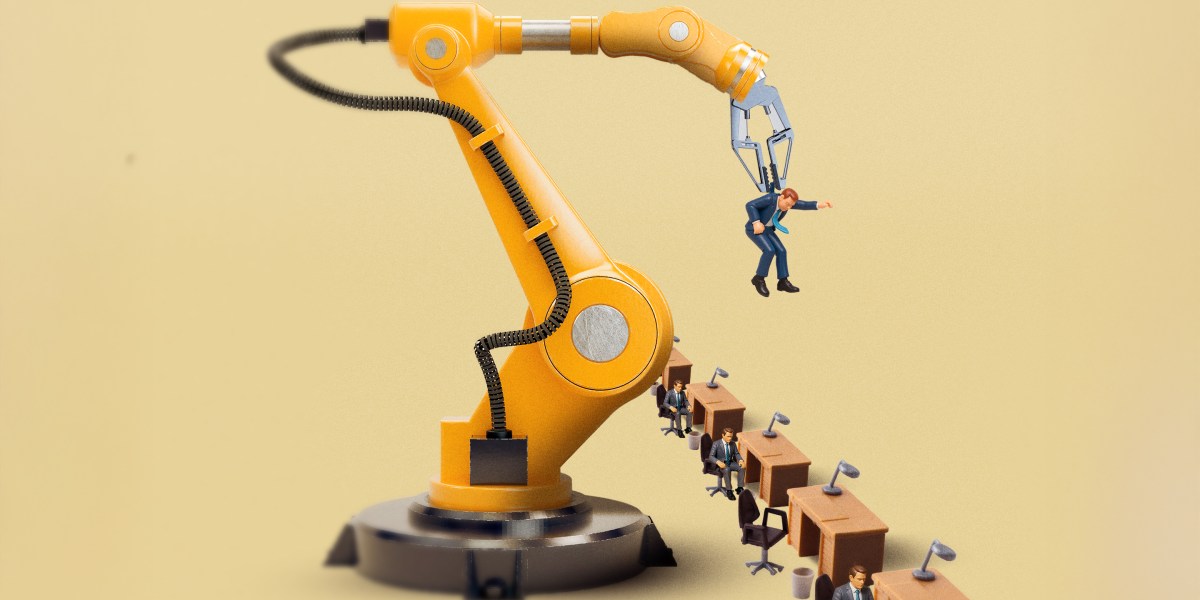
"At a press event last year, Amazon Robotics chief technologist Tye Brady told Fortune that the idea that there's a battle of robots versus humans inside Amazon's warehouse network is a "myth." "We build our machines to extend human capacity," he said, sharing a vision of so-called collaborative robots that work alongside humans instead of fully replacing them."
"Around six months later, during an onstage interview at the Fortune Brainstorm AI conference in London, Brady told me about Amazon's first robot "with a sense of touch." Called Vulcan, the robotic system can do much of the work performed by human staffers in two of the most common roles in Amazon warehouses-picking and stowing. For now, the Vulcan system is active only in a couple of facilities and just handles items positioned on the top and bottom shelves of Amazon's fourshelf mobile shelving units, while humans pick and stow the rest."
"So I asked him whether a hypothetical Amazon warehouse with 1,000 employees today might employ fewer than 1,000 employees in the years to come as Vulcan's scope of work, accompanied by complementary Amazon robotic systems, grows. No, he insisted. Instead, such a hypothetical warehouse "could have a thousand [employees] or more." Not less? I pushed. "Not less," he said, describing a virtuous flywheel of more robots leading to more orders processed, leading to more sales per employee for a given facility, but still more edge cases or errors requiring human intervention-in addition to roles for humans fixing and managing the robots themselves, which pay better than the average role."
Amazon presents robots as collaborators that extend human capacity rather than replace workers. The company emphasizes so-called collaborative robots working alongside humans. The Vulcan system is described as Amazon’s first robot with a sense of touch and can perform common picking and stowing tasks, currently limited to top and bottom shelf items in a few facilities. Humans continue to handle remaining tasks and exceptions. Amazon projects that increased robot use can boost orders processed and sales per employee while creating higher-paid roles for fixing and managing robots, potentially maintaining or increasing overall staffing levels.
Read at Fortune
Unable to calculate read time
Collection
[
|
...
]